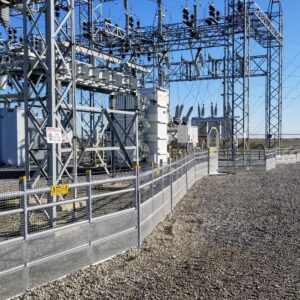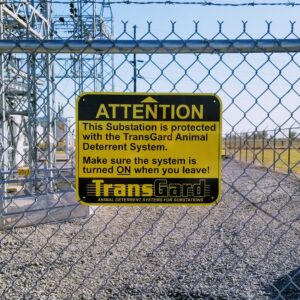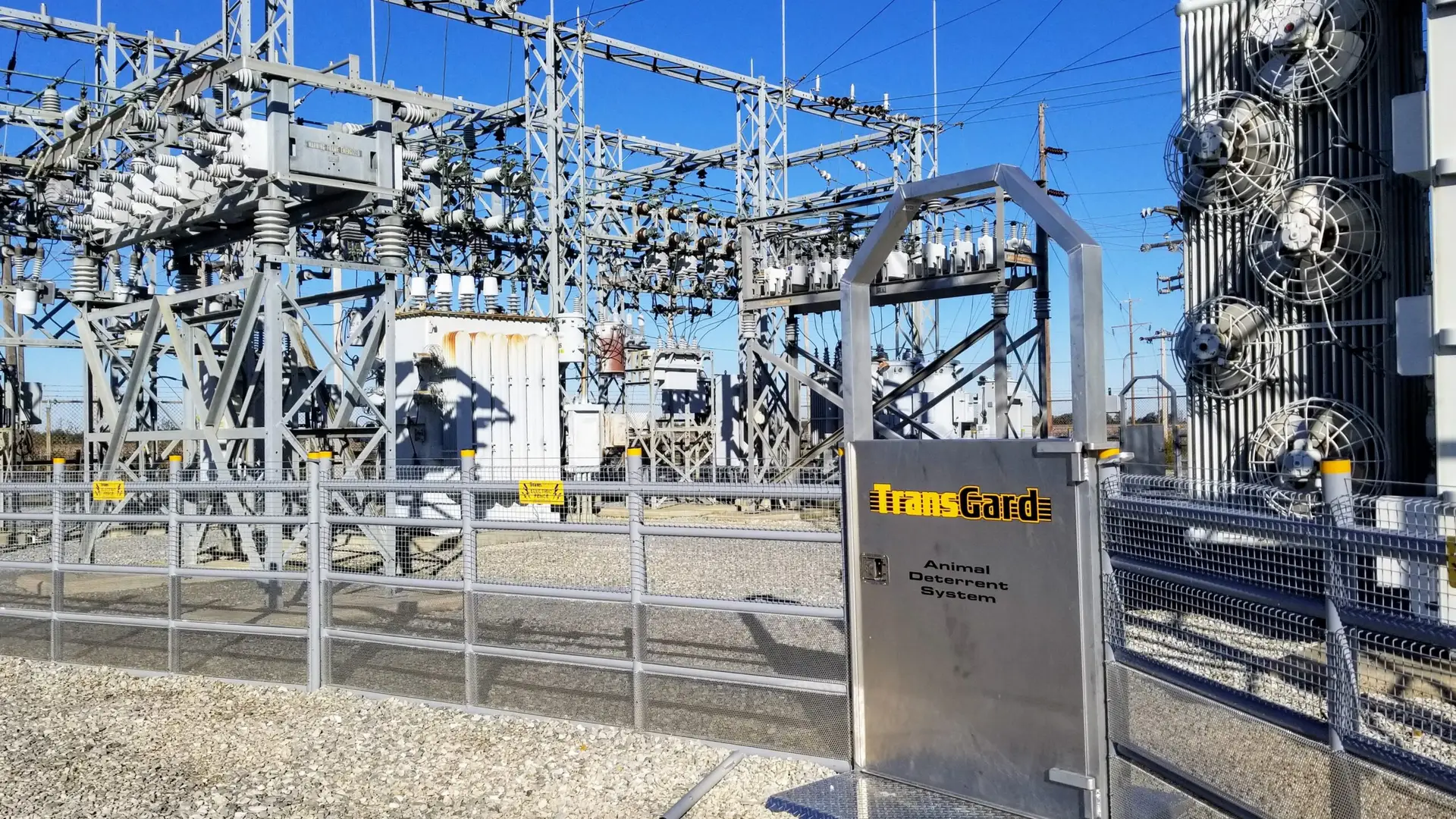Craighead Electric Cooperative’s McCormick Substation lies Southwest of Trumann, Arkansas, surrounded by agriculture fields and drainage ditches. It is one of the coops’ oldest substations and is likely one of the most secluded, lying miles away from the nearest town. This means that it gets visited by its fair share of wildlife: Birds, snakes, frogs, and furry critters of all kinds.
 Unfortunately, when one of these wild visitors climbs up into the high-voltage equipment of the substation, it can cause a short circuit. This usually proves fatal for the interloper and results in an outage for members.
Unfortunately, when one of these wild visitors climbs up into the high-voltage equipment of the substation, it can cause a short circuit. This usually proves fatal for the interloper and results in an outage for members.
Careful management can cut down on instances of animal contact. Chain-link fences are maintained, bird barriers can be placed on exposed electrodes, and squirrel stoppers can be placed on lines, but a rash of animal-related outages called for extraordinary measures at McCormick.
Once in late September and again in early October snakes entered the station after dark and caused a short circuit, shutting off most of the station. That is twice in two weeks that thousands of members were left in the dark and lineworkers had to be dispatched after-hours because of the same issue. Outages are expensive. Anything that can be done to reduce them is a worthy investment for an electric coop, and this was the final straw.
 Craighead Electric Cooperative teamed up with their wholesale electricity provider Arkansas Electric Cooperative to install an electric barrier fence around the substation’s superstructure. The bottom is a tight mesh that extends all the way to the ground to block critters from crawling under and the top is charged with 10,000 volts of power to zap anything trying to crawl over. While startling, I’m sure, the zap is brief and harmless, especially when compared to the alternative. Person-sized gates allow lineworkers access to the substation for maintenance and repair when needed.
Craighead Electric Cooperative teamed up with their wholesale electricity provider Arkansas Electric Cooperative to install an electric barrier fence around the substation’s superstructure. The bottom is a tight mesh that extends all the way to the ground to block critters from crawling under and the top is charged with 10,000 volts of power to zap anything trying to crawl over. While startling, I’m sure, the zap is brief and harmless, especially when compared to the alternative. Person-sized gates allow lineworkers access to the substation for maintenance and repair when needed.
This installation is also a pilot program for the electric fence. Future outages will be monitored closely to determine the effectiveness of the fence and, if it performs well, other critter barriers may be installed in more substations across the state. If successful, projects like this will help protect wildlife and increase the reliability of our grid. A true win-win.




